VR Music Ride
Experience a virtual reality ride on the theme of “Vienna as a city of music” at Time Travel. Immerse yourself in the history of Viennese music using VR glasses. In line with the latest market trends in virtual reality, a 360° spatial experience awaits you. Join us on a journey from classical music, accompanied by waltz couples, to typical Heurigen songs and modern pop music. Meet the great musical geniuses Mozart, Beethoven and “Rock me Amadeus” – Falco – live.

The Viennese waltz
Once considered wicked, the Viennese waltz has been a UNESCO intangible cultural heritage since September 2017. The Viennese waltz has a long tradition and is an important part of around 450 Viennese balls. It makes a long ball night really complete.
The Viennese Opera Ball traditionally opens with a left-hand waltz. Turning left or right in three-four time is something typically “Viennese” and nowhere is it celebrated as much as in Vienna. It is also customary to begin weddings and festive occasions with a waltz.
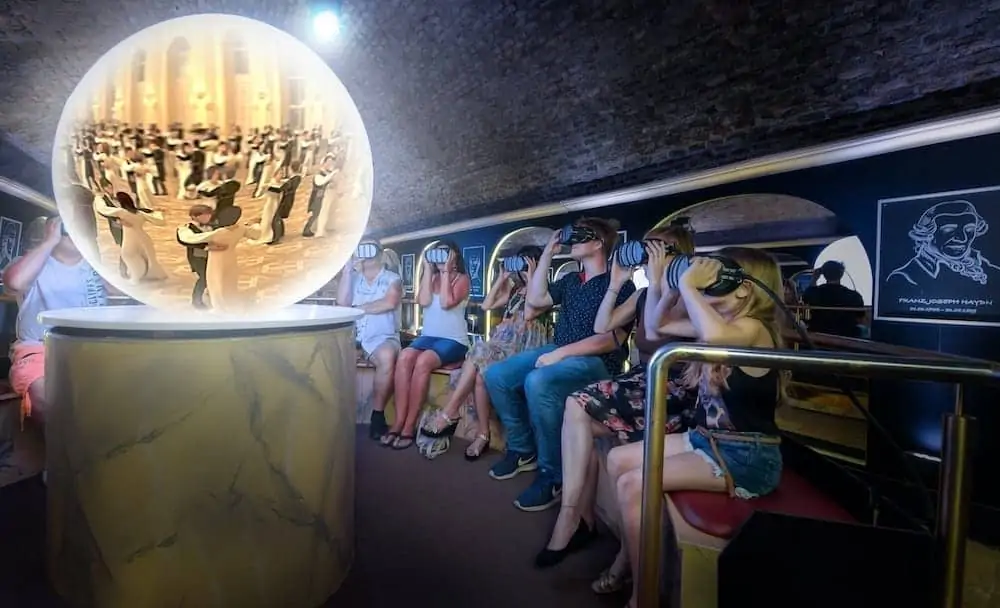

How do you dance the Viennese waltz?
The Viennese waltz comes from the word walzen, which means to turn and grind. It originated in the Bavarian-Austrian region in the last quarter of the 18th century. It is a dance in three-four time for single couples and can be described as a preliminary form of “ländler dancing”. The male and female dancers constantly hop and turn.
It is a social and ballroom dance in 3/4 time, which is danced at a tempo of 58-60 beats per minute. In comparison, there is also the Slow Waltz (English Waltz). The Viennese waltz (formerly called the French waltz) was first mentioned in old Viennese folk comedies in the 1770s and was already known before the French Revolution. It replaced the aristocratic minuet as the leading ballroom dance.
Initially, the waltz was sometimes heavily criticized for being immoral, danced too quickly and too closely. The left waltz in particular was initially frowned upon in so-called “better circles” due to its immorality, especially because of the intimate contact between the couples.
This also had to do with the ladies suddenly showing their ankles while dancing. The ladies were also tightly laced and some fainted immediately due to the fast gyrations.
The Congress of Vienna and the Biedermeier period
In 1814/15 , the Congress of Vienna turned the waltz into a social event and it was often danced. After the Napoleonic Wars, Europe was restored to its former structures and the negotiations took place in Vienna. Of course, there were not only negotiations, but above all a lot of waltzing . It was not for nothing that the famous saying “Congress dances, but it doesn’t move” was coined.
During the Biedermeier period , Vienna definitely became the waltz capital of Europe. The Viennese waltz gained acceptance and popularity.
Johann Strauss’ father founded the Strauss dynasty and mainly composed waltzes. However, he is better known for his marches, such as the famous Radetzky March, a tribute to General Radetzky. Together with Johann Strauss’ father , Joseph Lanner is considered the founder of the Viennese waltz.
The waltz was later brought to perfection by Strauss’ sons Johann, Josef and Eduard . Concert tours took it as far as America. Johann Strauss son (1825-1899) went down in history as the “Waltz King”. His tours took him as far as Russia and even America.
His most famous work is the Danube Waltz, which was premiered in February 1867 in Dianabad. The nine-minute original version of the Danube Waltz is a must on New Year’s Eve. It is traditionally danced into the New Year in Vienna. The Danube Waltz is also on the program at the New Year’s Concert and is considered the unofficial anthem of Austria.
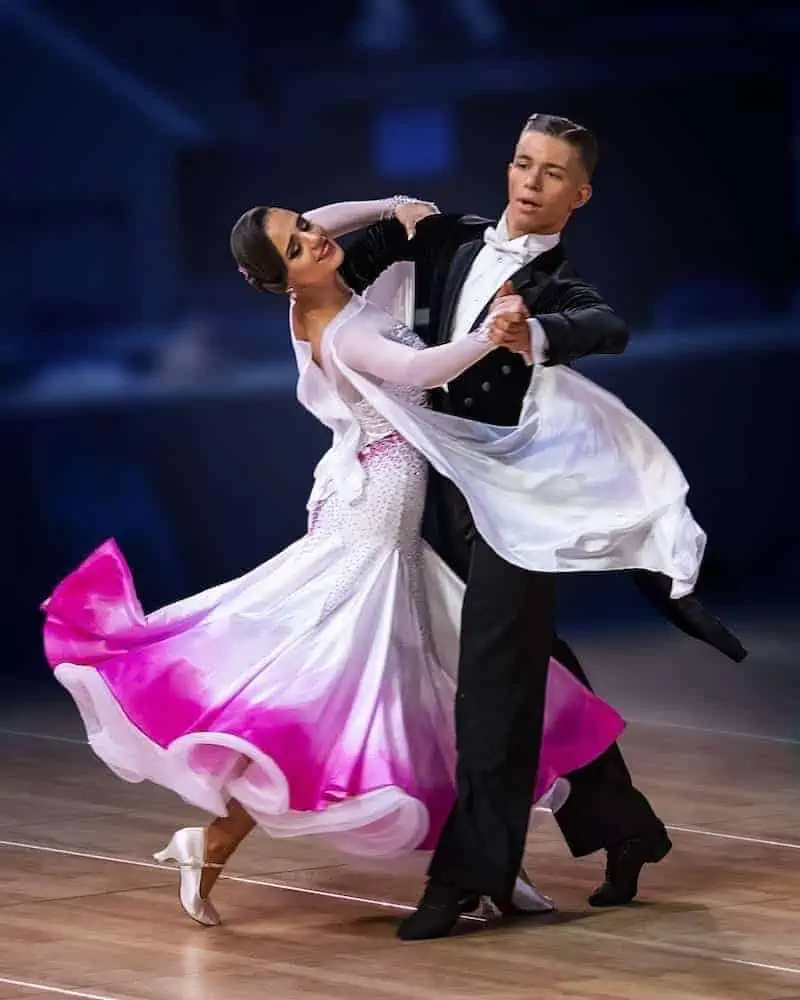
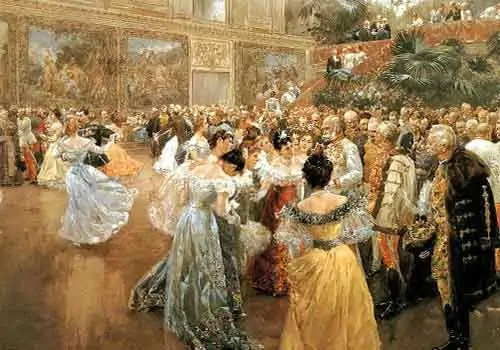
The Viennese ball culture
Towards the end of the 19th century, the waltz was always at the center of Viennese operetta. The technique of the waltz initially originated from ballet technique and has developed from a very fast turning movement to today’s rather floating dance form.
The classic Viennese waltz is still danced today with a left turn and is considered the most “Viennese” of all dances. The Viennese waltz is one of the five standard dances danced at standard tournaments worldwide. It also has a special place at balls and redoubts. The waltz can certainly be described as a dance sport, as it is not without effort.
Viennese ball culture has been part of Austria’s intangible cultural heritage since 2010. Its origins go back to the monarchy , where a certain etiquette had to be observed. In addition to certain dress codes, this also included the opening, the ladies’ entrance, the midnight interlude and the end of the ball. This tradition has not only been preserved in Austria, but has also significantly influenced the style of other balls in Europe.
Special balls in Vienna include the Zuckerbäckerball, the Philharmonikerball and the Kaffeesiederball, to name but a few. The ball season reaches its climax with the Vienna Opera Ball, which traditionally takes place on the last Thursday before Ash Wednesday. The Opera Ball marks the end of the ball season in Vienna until next year, when it’s time to waltz again.
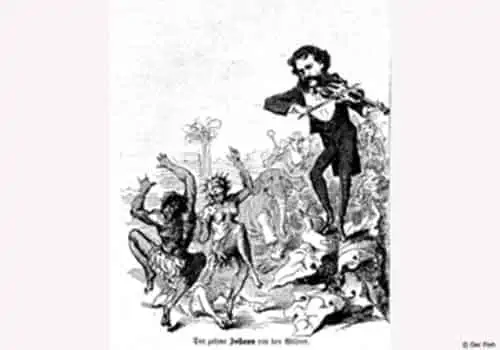
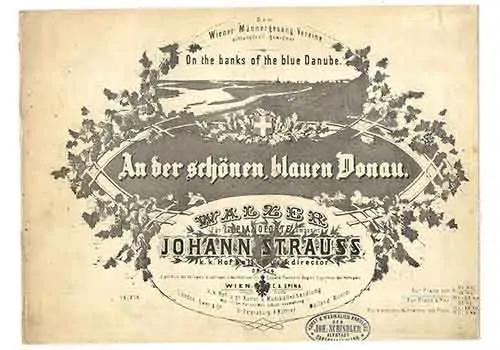
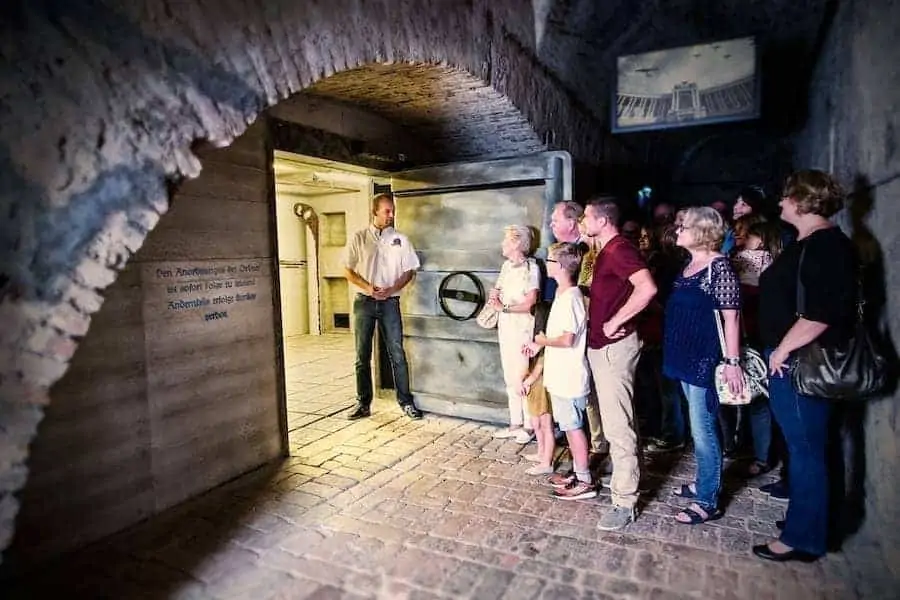
Air raid alarm in the air raid shelter
